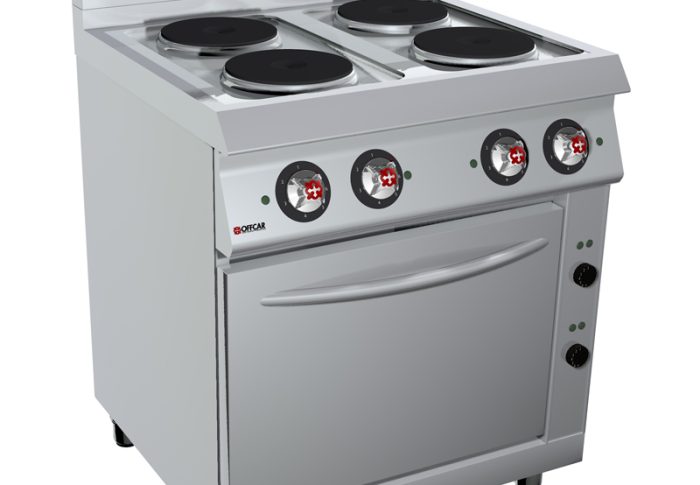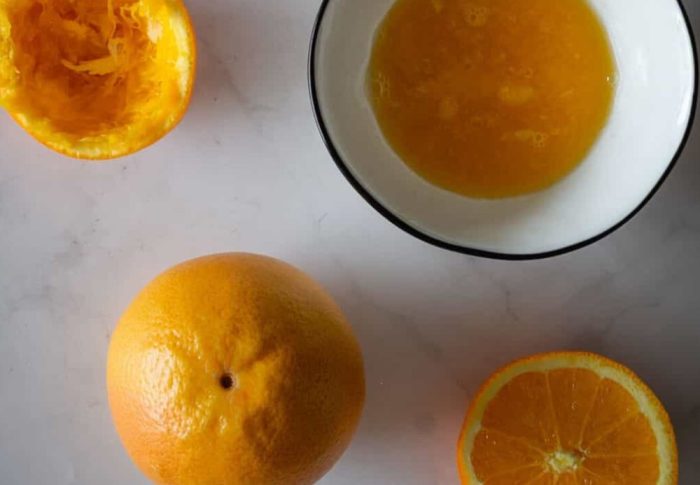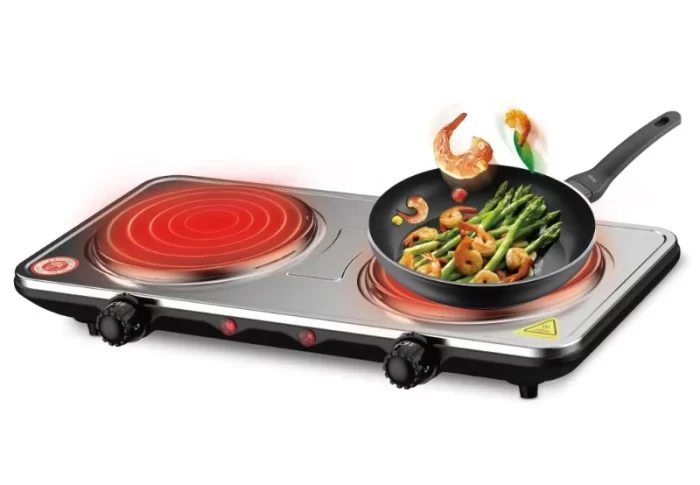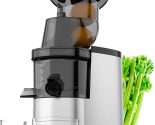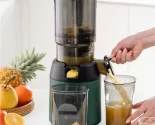
How to Use a Juicer: What Are the Best Practices?
Introduction:
Juicing provides a convenient way to incorporate more fruits and vegetables into your diet, offering a wealth of nutrients in a delicious form. However, to truly maximize the benefits of your juicer, it’s essential to know the proper techniques and maintenance practices. This comprehensive guide covers everything from selecting produce to cleaning and maintaining your juicer, ensuring you get the best results every time.
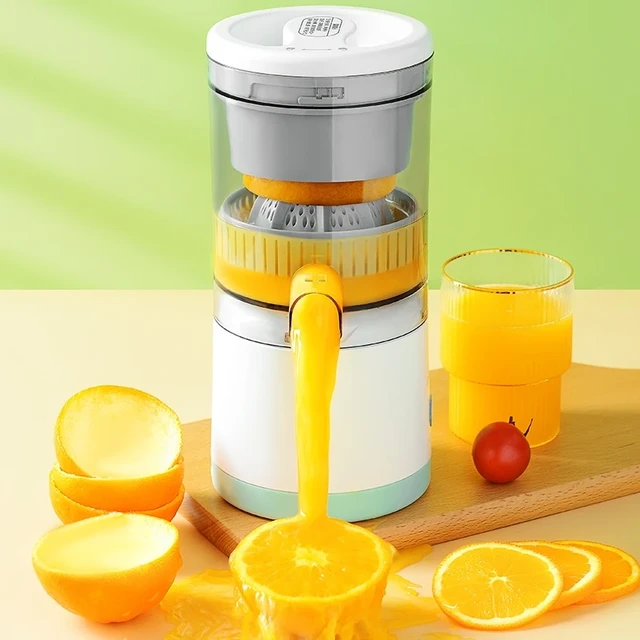
How to Use a Juicer:
What Are the Best Practices for Optimal Results?
Preparation:
How to Prepare Fruits and Vegetables for Juicing?
Proper preparation of your produce is the first step to successful juicing and involves several key actions.
Selecting the Produce:
Freshness: Always choose fresh, high-quality fruits and vegetables. Fresh produce not only offers better flavor but also higher nutritional value. Organic options are preferable to minimize exposure to pesticides and chemicals.
Variety: Incorporate a variety of fruits and vegetables to create balanced and nutrient-rich juices. For instance, blending leafy greens with sweet fruits like apples and carrots can create a tasty and nutritious juice.
Cleaning and Peeling:
Washing: Thoroughly wash all fruits and vegetables under running water to remove dirt, bacteria, and pesticide residues. Use a brush for items with firm skins, like apples and carrots, to ensure all contaminants are removed.
Peeling: Peel fruits and vegetables with thick or inedible skins, such as oranges, pineapples, and certain types of melon. However, skins of softer fruits like apples and cucumbers can often be left on to retain extra fiber and nutrients.
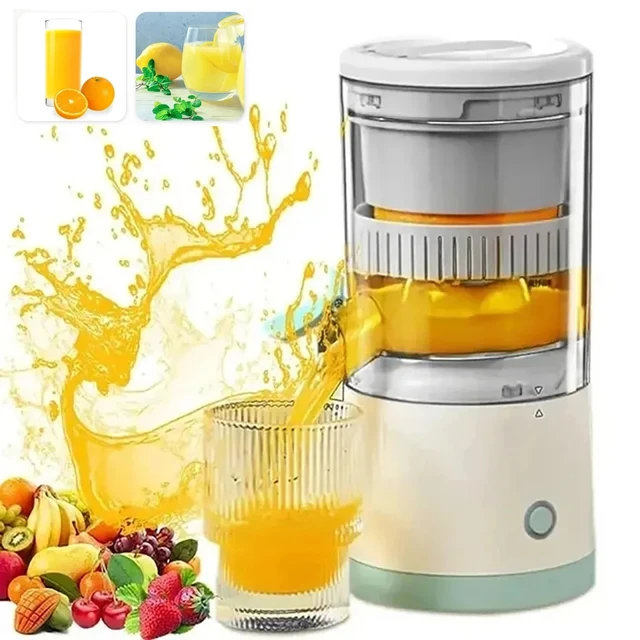
Cutting and Prepping:
Size and Shape: Cut produce into sizes appropriate for your juicer’s feed chute to ensure smooth operation. Smaller juicers may require more finely chopped pieces, while larger models with wider chutes can handle bigger chunks.
Pit Removal: Remove seeds, pits, or stones from fruits such as peaches, cherries, and plums. Hard pits can damage the juicer and interfere with the extraction process.
Juicing Process:
How to Use Different Types of Juicers Effectively?
The juicing process will vary depending on the type of juicer you have. Common types include centrifugal, masticating (slow juicer), and citrus juicers, each with its own method of operation.
Using a Centrifugal Juicer:
Assembly: Assemble the components of your centrifugal juicer according to the manufacturer’s instructions. Ensure all parts are securely locked in place.
Feeding Produce: Turn on the juicer and gradually feed produce into the feed chute. Use the plunger to gently push the produce down. Avoid overloading the juicer with too much produce at once, as this can cause clogs and reduced efficiency.
Juice Collection: Allow the juice to flow into the collection container. Periodically check and empty the pulp container to prevent overflow.
Using a Masticating Juicer:
Assembly: Assemble the masticating juicer according to the manufacturer’s guidelines. Ensure all parts, including the auger and filter, are correctly installed.
Slow Feeding: Turn on the juicer and feed produce into the chute slowly and steadily. Masticating juicers operate at a slower speed to thoroughly extract juice, which helps preserve nutrients.
Alternate Produce: To avoid clogging and improve efficiency, alternate between soft and hard produce. For example, follow leafy greens with a piece of apple or cucumber to help push through the produce more effectively.
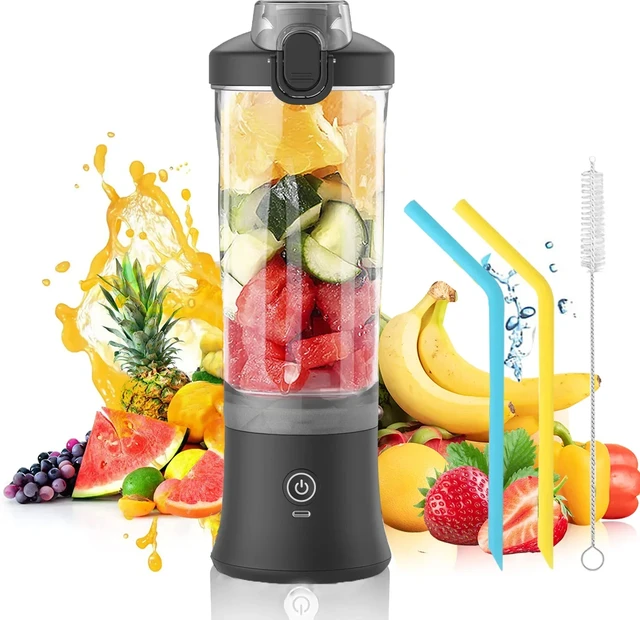
Using a Citrus Juicer:
Halving and Positioning: Cut citrus fruits, such as oranges, lemons, and grapefruits, in half. Place the fruit cut-side down onto the reamer.
Manual or Electric Operation: If using a manual citrus juicer, press down firmly and twist to extract juice. For an electric model, the reamer will rotate automatically to extract juice as you press the fruit down.
Straining: Citrus juicers often come with strainers to remove seeds and pulp from the juice. Strain the juice into a container and enjoy immediately or store for later use.
Post-Juicing:
How to Handle the Juice and Pulp for Maximum Benefits?
After juicing, handling the juice and pulp properly ensures you get the most from your juicing efforts.
Consuming the Juice:
Immediate Consumption: For the highest nutrient content, consume freshly made juice immediately. If you must store it, use an airtight container and refrigerate it. Fresh juice can typically be stored for up to 24 hours with minimal nutrient loss.
Adding Enhancements: Enhance the flavor and nutritional profile of your juice by adding ingredients like ginger, mint, or a splash of lemon juice. These additions can improve taste and provide extra health benefits.
Using the Pulp:
Culinary Uses: Don’t discard the pulp; it’s rich in fiber and nutrients. Use it in various culinary applications, such as adding it to soups, stews, muffins, or as a base for veggie patties.
Composting: If you can’t use all the pulp in cooking, consider composting it. The nutrient-rich pulp can enrich your garden soil, promoting healthier plant growth.
Cleaning and Maintenance:
How to Keep Your Juicer in Optimal Condition?
Proper cleaning and maintenance are essential for your juicer’s longevity and effective operation.
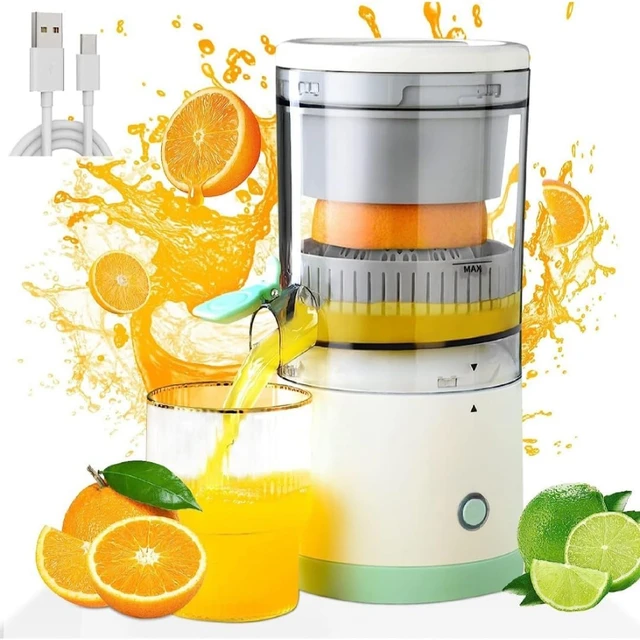
Immediate Cleaning:
Rinsing: After each use, disassemble the juicer and rinse all removable parts under running water. Immediate cleaning prevents juice residues from drying and becoming stubborn to remove.
Brushing: Use a cleaning brush (often provided with the juicer) to scrub the mesh filter and other parts. This ensures all pulp and debris are removed, maintaining the juicer’s efficiency.
Soaking: For parts with stubborn residues, soak them in warm soapy water for a few minutes before scrubbing. This helps loosen dried pulp and makes cleaning easier.
Deep Cleaning:
Weekly Deep Clean: Once a week, perform a deep clean of your juicer. Soak all removable parts in a mixture of water and mild detergent for thorough cleaning.
Descaling: Over time, mineral deposits from hard water can accumulate on juicer parts. Use a mixture of water and vinegar to descale these parts periodically.
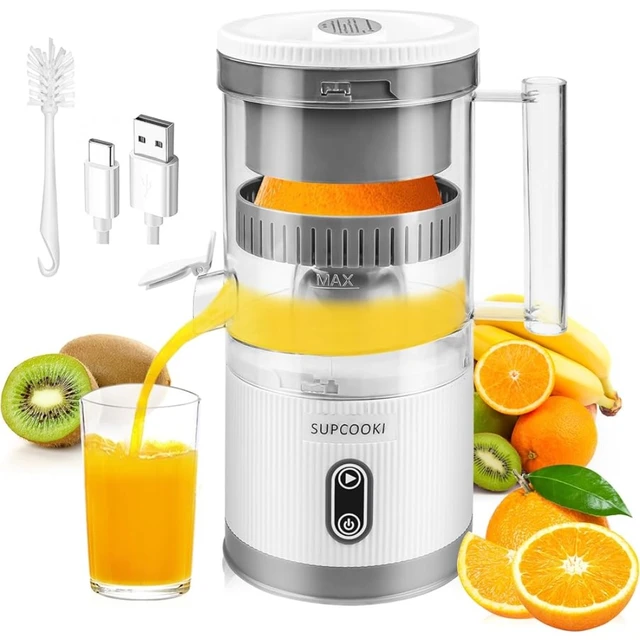
Drying:
Air Dry: After cleaning, allow all parts to air dry completely before reassembling or storing the juicer. This prevents mold growth and ensures the juicer is ready for the next use.
Storing the Juicer:
Proper Storage: Store your juicer in a clean, dry place. Ensure all parts are dry and assembled correctly to prevent dust accumulation and maintain readiness for use.
Protection: If you won’t be using the juicer for an extended period, cover it with a protective cover to keep it free from dust and contaminants.
Conclusion
Using a juicer effectively involves selecting and preparing fresh produce, following appropriate juicing techniques for different types of juicers, and ensuring proper post-juicing handling. Regular cleaning and maintenance are vital for the longevity and efficiency of your juicer. By addressing common issues and incorporating expert tips, you can enhance your juicing experience, ensuring you enjoy the full benefits of fresh, nutrient-rich juices. Whether you’re new to juicing or an experienced enthusiast, these best practices will help you make the most out of your juicer, contributing to your overall health and well-being.

